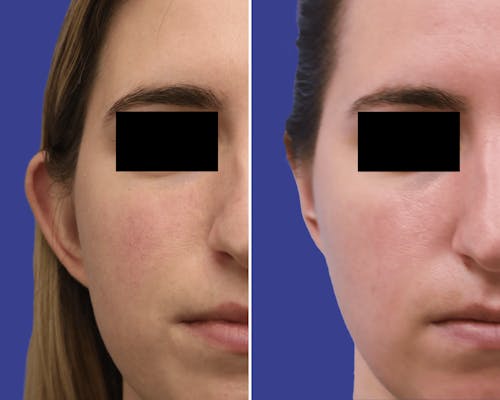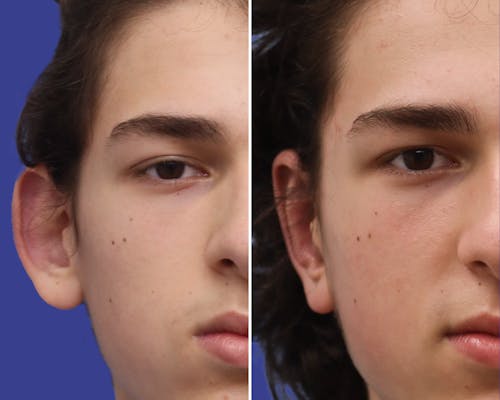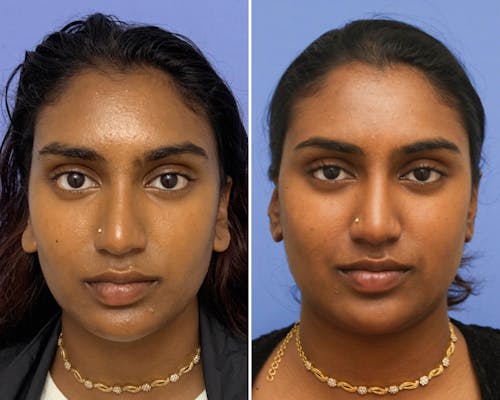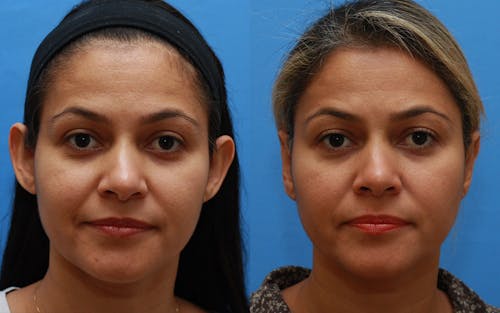Plastic Ear Surgery to Improve Ear Size, Shape, and Projection
Patients or parents who have been bothered by protruding ears can achieve a natural, lovely pair of ears with a tailored surgical procedure. In fact, a person’s ears are typically not even noticed when one looks at the face unless they are overlarge, protruding, or oddly-shaped. To have the ear structure look natural, it should not appear “plastered down” as the ears will appear strange – and when placed too close to the head, it can be difficult to correct.












